What is the Best Light Bulb for a Room?
October 29, 2019
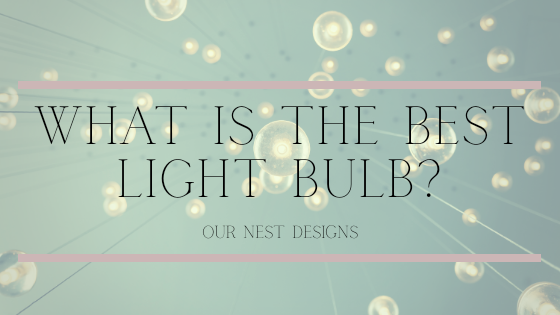
It’s happened to the best of us. You’ve walked into the hardware store to replace your light bulb only to be overwhelmed by the vast selection. Isn’t a light bulb just a light bulb? You’re probably wondering what is the best light bulb for your kitchen, bathroom, living room, or any other room in the house. If you are like a huge percentage of the population, you blindly grab one that “seems right” and head to the register.
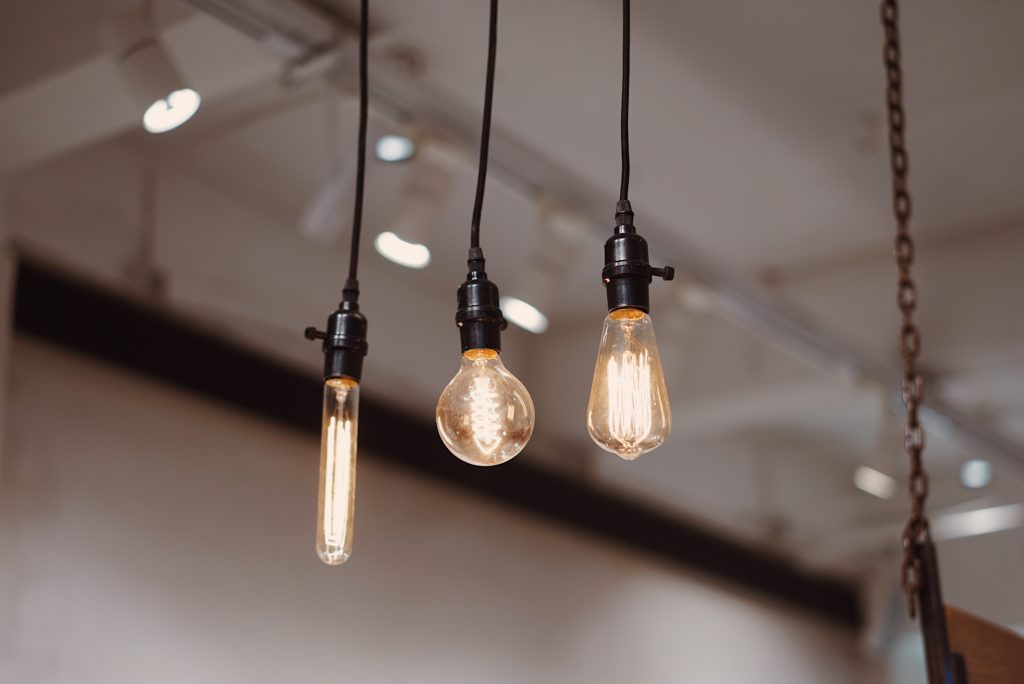
The truth is, lighting can make (or break) the look of your room. Light does more than help you see in your home; it creates ambiance and can even make a room look bigger or smaller! Before you grab-and-go, find out which light bulb is the best for your home:
Know Your Base
If you are simply trying to replace a burned-out light bulb, its best to take the light bulb with you to the store (or write down what you need). Light bulbs come in all shapes and sizes; be sure to know the right one for your fixture. Most light bulbs that we use today are an “E”-type bulb, named so after Thomas Edison, the inventor. Beyond that, you’ll want to know the diameter of the base of your particular lamp. If you aren’t quite sure how to measure that-don’t worry! The number following the “E” on the bottom of your bulb will answer that for you! If your lightbulb is an E12, it is 12 mm in diameter. Here are the most common sizes in the United States, although many more exist:
- Candelabra: E12 (diameter of 12 mm) – smaller, usually used for night lights but can be used in decorative fixtures;
- Intermediate: E17 (diameter of 17 mm) – not very common but is occasionally used for smaller desk lamps or appliances;
- Medium or Standard: E26 (diameter of 26 mm) – most light bulbs in the US.
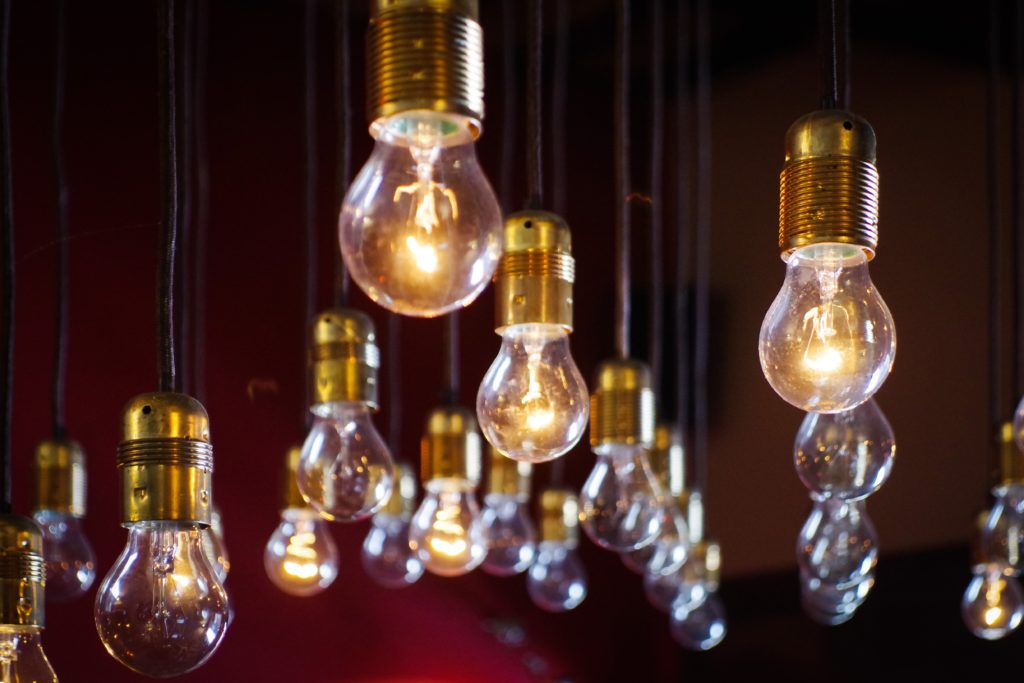
Lumens Vs. Watts
It used to be that the only way to get bright light is by purchasing a light bulb with a higher number of watts. Of course, you always had to be sure that the fixture could handle the wattage; otherwise, you risked having a melted lamp or worse. Today, we measure the brightness a little differently, with lumens. The number of lumens will tell you how bright the bulb will be; the higher the number of lumens, the brighter the bulb.
So what is a watt? The watt is the amount of energy needed to make the bulb work. The lower the wattage, the lower your electric bill. Old school incandescent bulbs didn’t emit a lot of light, but they used a lot of energy. Compared with today’s standard 100-watt bulb, which emits about 1600 lumens, the traditional incandescent bulb is 60-watts, emitting only about 800 lumens. Here’s a quick conversion chart:
- 100-watt bulb = 1600 lumens;
- 75-watt bulb = 1100 lumens;
- 60-watt bulb = 800 lumens; and
- 40-watt bulb = 450 lumens.
Pro Tip: Always check your lighting fixture to be sure it can handle the wattage of your bulb!
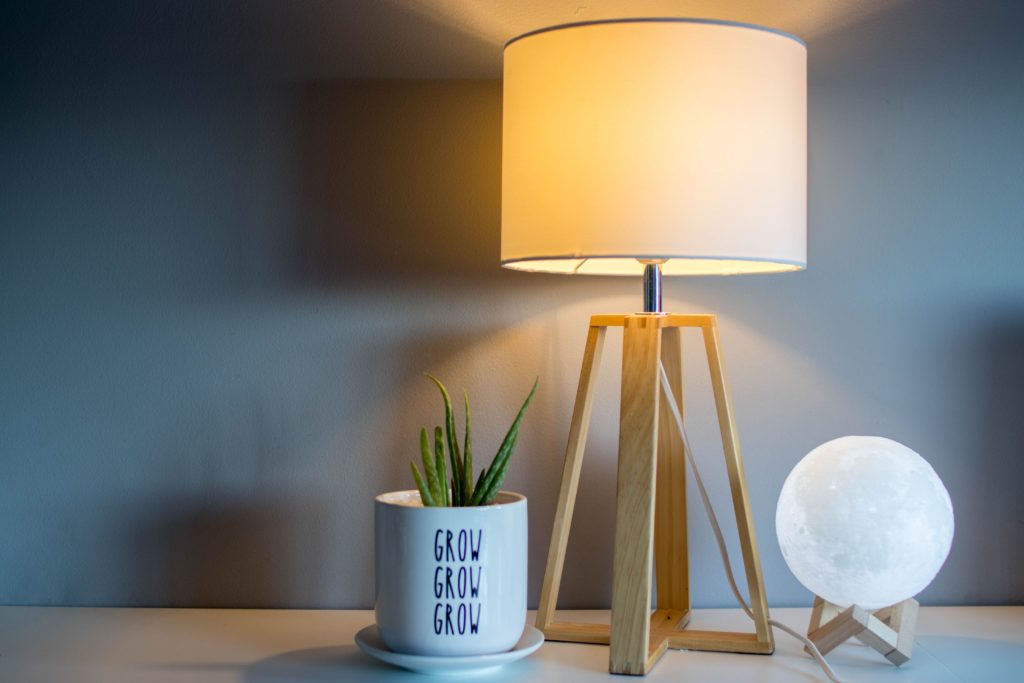
Choose Your Color
When looking at the various packaging, you’ll see names like “daylight,” “soft,” or “warm.” Sadly, if you choose your bulb based on these product names, you’re likely to go home disappointed. Light bulb manufacturers name their light bulbs the same way nail polish manufacturer name their paint colors – whatever sounds best. However, it is essential to note that the names ARE useful once you find one that you like! It’s easier to return to the store and purchase the same “warm” light from the same manufacturer to achieve the same desired coloration.
However, a “warm” in one brand may not be the same “warm” in another; this is when it is essential to look at the CCT, or the correlated color temperature. A bulbs temperature is measured in Kelvins (K), so you’ll likely see a number followed by a “K.”
- 2700K – 2800K: Warm, yellow light ;
- 3000K – 3200K: Still slightly yellow, warm light;
- 3500K – 4000K: A neutral, bright white light; and
- 5000K – 6500K: A slightly bluish, bright white light.
You can also choose some “smart bulbs” that have features where you can select your color based on immediate usage. Maybe you have heard that blue light from a television, computer, or phone has been shown to interfere with sleep patterns. This is true and also applies to light bulbs, so having the option to change the lighting color to warmer light at bedtime may help.
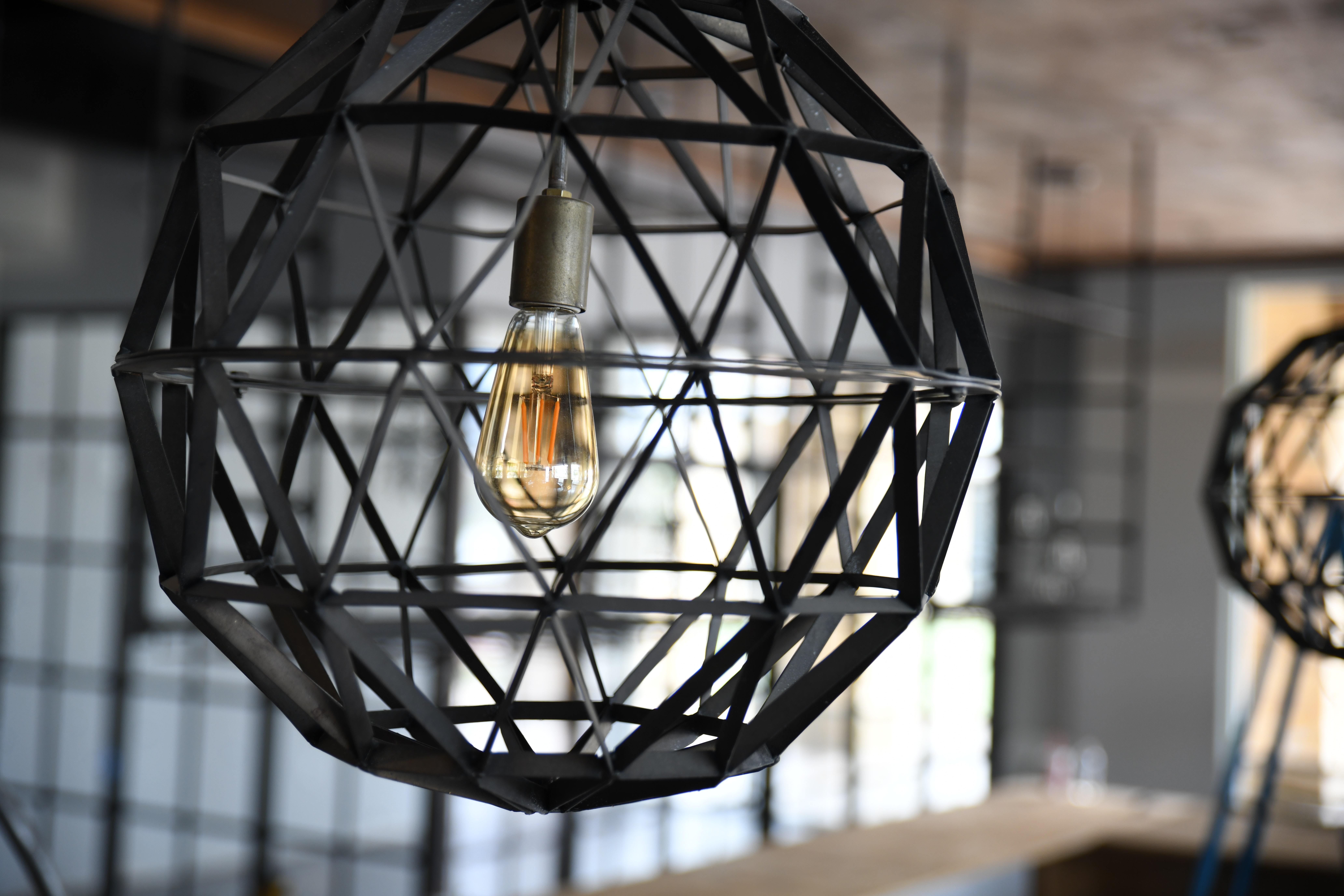
Read the Label on the Package
Did you know that light bulbs have labels on their packages to help make your choice a little easier? Manufacturers understand that choosing the right bulb is vital, and no one wants to be disappointed. This handy chart is required by the US Federal Trade Commission. It will tell you: brightness, estimated yearly cost, life, appearance, and the amount of energy used.
Something else you may see on the package is the type of energy-saving bulb. Not all energy-efficient bulbs are the same. Let’s discuss:

Halogen Energy Saving Incandescents:
Because of the particular way these bulbs produce light, they operate a hotter temperature and last up to 3x longer than your traditional incandescent bulb. They are also 25% more efficient overall.
Compact Fluorescent Lamps (CFLs):
Do you remember those curly light bulbs? These things were trendy a few years ago because they provide 75% energy efficiency. They actually provide artificial light, because they are a mini fluorescent lamp, after-all. Now, they make versions of these that are a little nicer to look at, and you don’t have to hide them inside recessed lighting or concealed lamps. However, they aren’t any easier on the eye. These bulbs produce a bright, harsh light, which can be tiring for your eyes if you put it in a room you use regularly. Additionally, these have a longer warm-up time. It takes anywhere between 10 and 30 seconds for the bulb to “get going.”
Light-Emitting Diodes (LEDs):
These are by and large the most effective and most popular of all of the current lighting options on the market today. They are incredibly efficient by producing up to 78 lumens per watt! They also come up to full lighting with no warm-up time and are 75% to 80% more efficient than traditional incandescent bulbs. LEDs also last up to 25x longer!
Smart Bulbs:
As we mentioned earlier, many smart bulbs have the option to let you choose the color of the bulb. Unfortunately, not all smart bulbs function this way. Each manufacturer makes their product a little different. Some even have wi-fi capabilities where you can control the bulb from your smart device.
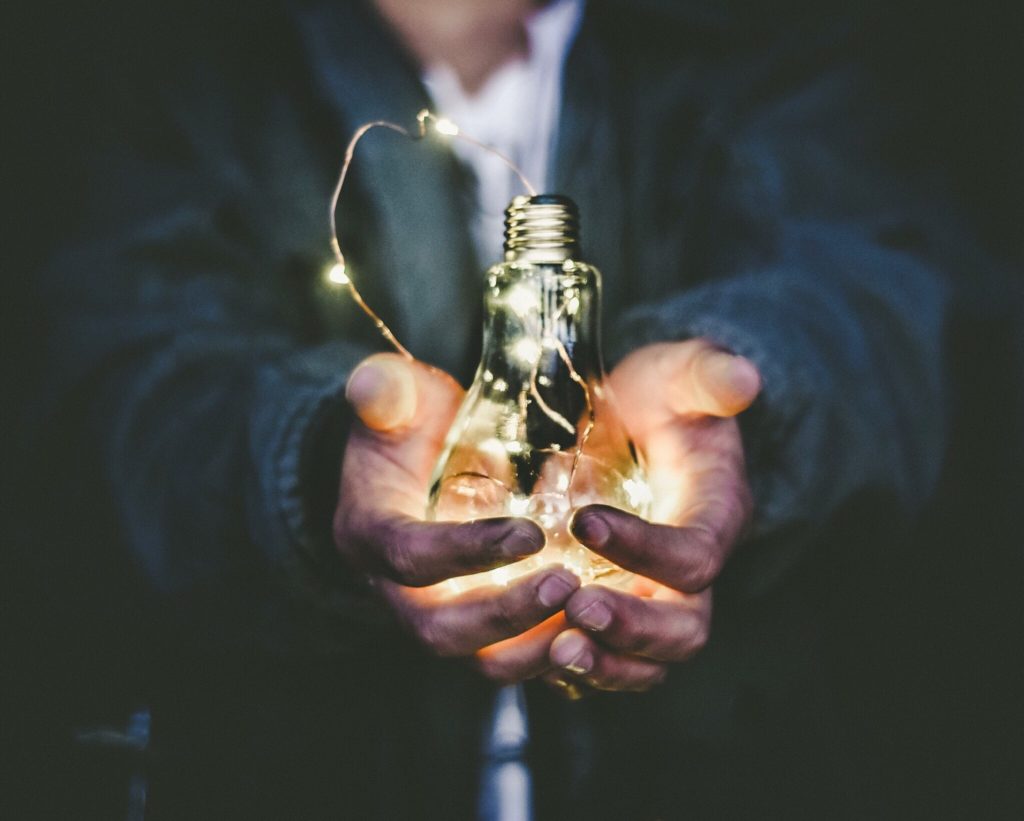
Still having trouble? Ask a Salt Lake City Interior Designer!
Lighting can be tricky, from picking the right fixture to choosing the best bulb. Don’t get overwhelmed by all of the options! As a professional Utah interior designer, I can help you choose the right lighting to create the atmosphere you need for your home! At Our Nest Designs, our goal is to help you enjoy your home again. Call us today at 801-913-8962 to find out how we can help!
Leave a Reply Cancel reply
servicing Salt Lake City, Utah County, and all surrounding areas.
801-913-8962
MAEGAN@OURNESTDESIGNS.COM
Connect with us.
© 2019 Our Nest Designs | All Rights Reserved | Branding and Website by Leesa Dykstra Designs